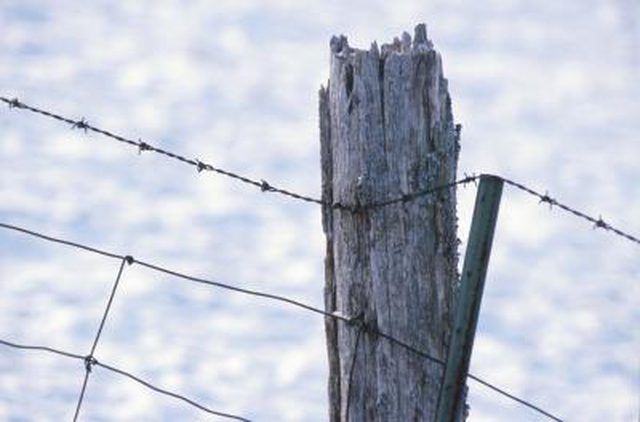Bulbs
Flower Basics
Flower Beds & Specialty Gardens
Flower Garden
Garden Furniture
Garden Gnomes
Garden Seeds
Garden Sheds
Garden Statues
Garden Tools & Supplies
Gardening Basics
Green & Organic
Groundcovers & Vines
Growing Annuals
Growing Basil
Growing Beans
Growing Berries
Growing Blueberries
Growing Cactus
Growing Corn
Growing Cotton
Growing Edibles
Growing Flowers
Growing Garlic
Growing Grapes
Growing Grass
Growing Herbs
Growing Jasmine
Growing Mint
Growing Mushrooms
Orchids
Growing Peanuts
Growing Perennials
Growing Plants
Growing Rosemary
Growing Roses
Growing Strawberries
Growing Sunflowers
Growing Thyme
Growing Tomatoes
Growing Tulips
Growing Vegetables
Herb Basics
Herb Garden
Indoor Growing
Landscaping Basics
Landscaping Patios
Landscaping Plants
Landscaping Shrubs
Landscaping Trees
Landscaping Walks & Pathways
Lawn Basics
Lawn Maintenance
Lawn Mowers
Lawn Ornaments
Lawn Planting
Lawn Tools
Outdoor Growing
Overall Landscape Planning
Pests, Weeds & Problems
Plant Basics
Rock Garden
Rose Garden
Shrubs
Soil
Specialty Gardens
Trees
Vegetable Garden
Yard Maintenance
How to Remove a Split Rail Post
How to Remove a Split Rail Post. Split-rail fencing is all about simplicity and function. The beauty of the split rail lies in its weathered appearance and ability to withstand the elements and attrition. Split-rail posts are derived from rot-resistant wood such as cedar or locust. They're rough but strong and typically do not need concrete bases...

Split-rail fencing is all about simplicity and function. The beauty of the split rail lies in its weathered appearance and ability to withstand the elements and attrition. Split-rail posts are derived from rot-resistant wood such as cedar or locust. They're rough but strong and typically do not need concrete bases to keep them sturdy. Instead, they are planted into the ground as-is. If you ever need to remove one, it's simple enough using a high-lift jack.
Things You'll Need
Gloves
Chain
High-lift jack
Put on gloves. Wrap a chain around the post 24 inches up from the ground. Loop the chain around several times leaving some slack in one of the loops.
Stand the high-lift jack beside the post. The high-lift jack resembles an old-fashioned pump. It has a 90-degree shelf or lip on one side, with the pump-handle on the opposite side. Hook the lip under the loosened or slack loop in the chain.
Pull the lip and chain up together until the lip clicks and removes slack from the chain.
Pump the handle of the jack up and down slowly. As the chain tightens it binds tight around the post. Continue pumping the handle.
Release the tension on the chain by flipping a lever located under the lip, if the post doesn't lift out of the ground before the lip reaches the top of the jack. Lower the lip by pumping the handle until the lip is about 24 inches off the ground.
Slide the chain back down and hook one of the loops around the lip. If the chain is stuck, jiggle it slightly, and it will loosen and drop. Hook the chain on the lip, remove the slack from the chain and flip the lever to lock it in place. Pump the handle until the post lifts out of the ground.
Tips & Warnings
If the ground around the post is soft, place a block of wood, a flat rock or anything available to stop the foot or base of the jack from penetrating into the ground.
Don't allow the handle on the jack to slip out of your hands when pumping. It can result in a black eye. Wear eye protection.